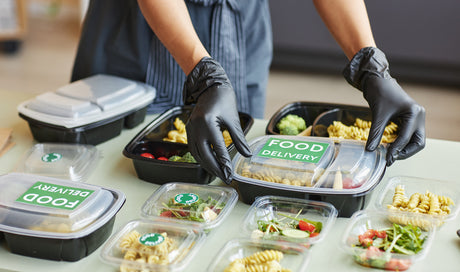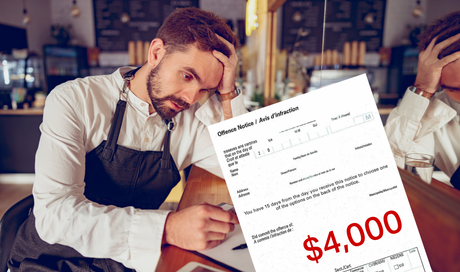In the ongoing pursuit of sustainable waste management solutions, the debate between recycling and composting holds significant relevance, especially in the food packaging industry. Both methods aim to reduce waste and environmental impact but differ in their processes, benefits, and challenges. Let’s explore the comparison between recycling and composting with real data, statistics, and insights into the most common recyclable and compostable materials used in the food packaging industry.
Recycling: Process and Impact
Recycling involves collecting, sorting, and processing materials that can be transformed into new products. Common recyclables in the food packaging industry include:
Plastics: PET (Polyethylene Terephthalate) and HDPE (High-Density Polyethylene) are widely recycled plastics used for bottles, trays, and containers.
Paper/Cardboard: Used for packaging boxes, sleeves, and disposable food containers.
Metals: Aluminum and steel cans used for beverage packaging and food containers.
Environmental Impact of Recycling:
Recycling conserves natural resources, reduces greenhouse gas emissions, and saves energy compared to producing new materials.
Case Study: Alcoa Aluminum Recycling - Alcoa's aluminum recycling efforts have saved over 150 million megawatt-hours of energy since 1992.
Compostable: Process and Impact
Composting involves the natural decomposition of organic materials into nutrient-rich soil additives known as compost. Compostable materials in the food packaging industry include:
Bagasse: Made from sugarcane fiber, used for plates, bowls, and clamshell containers.
PLA (Polylactic Acid): Derived from corn starch or sugarcane, used for cups, utensils, and food packaging.
Paper-based Products: Including coffee cups lined with PLA, and food containers lined with compostable films.
Environmental Impact of Composting:
Composting reduces methane emissions from organic waste in landfills, enriches soil health, and reduces the need for chemical fertilizers.
Case Study: Seattle's Food Waste Composting Program - Diverts over 125,000 tons of food and yard waste annually from landfills, producing high-quality compost.

Which is Better?
The choice between recycling and composting depends on factors such as material type, local infrastructure, and environmental objectives. Both methods contribute significantly to waste reduction and sustainability in the food packaging industry:
- Recycling conserves resources and reduces energy consumption for materials like plastics, metals, and paper.
- Composting diverts organic waste, reduces methane emissions, and enriches soil health.
Conclusion: Integrating both recycling and composting practices is crucial for achieving sustainable waste management in the food packaging industry. By understanding their specific benefits and challenges, businesses can make informed decisions to minimize their environmental footprint and contribute to a greener future.
For more information on recycling and composting:





